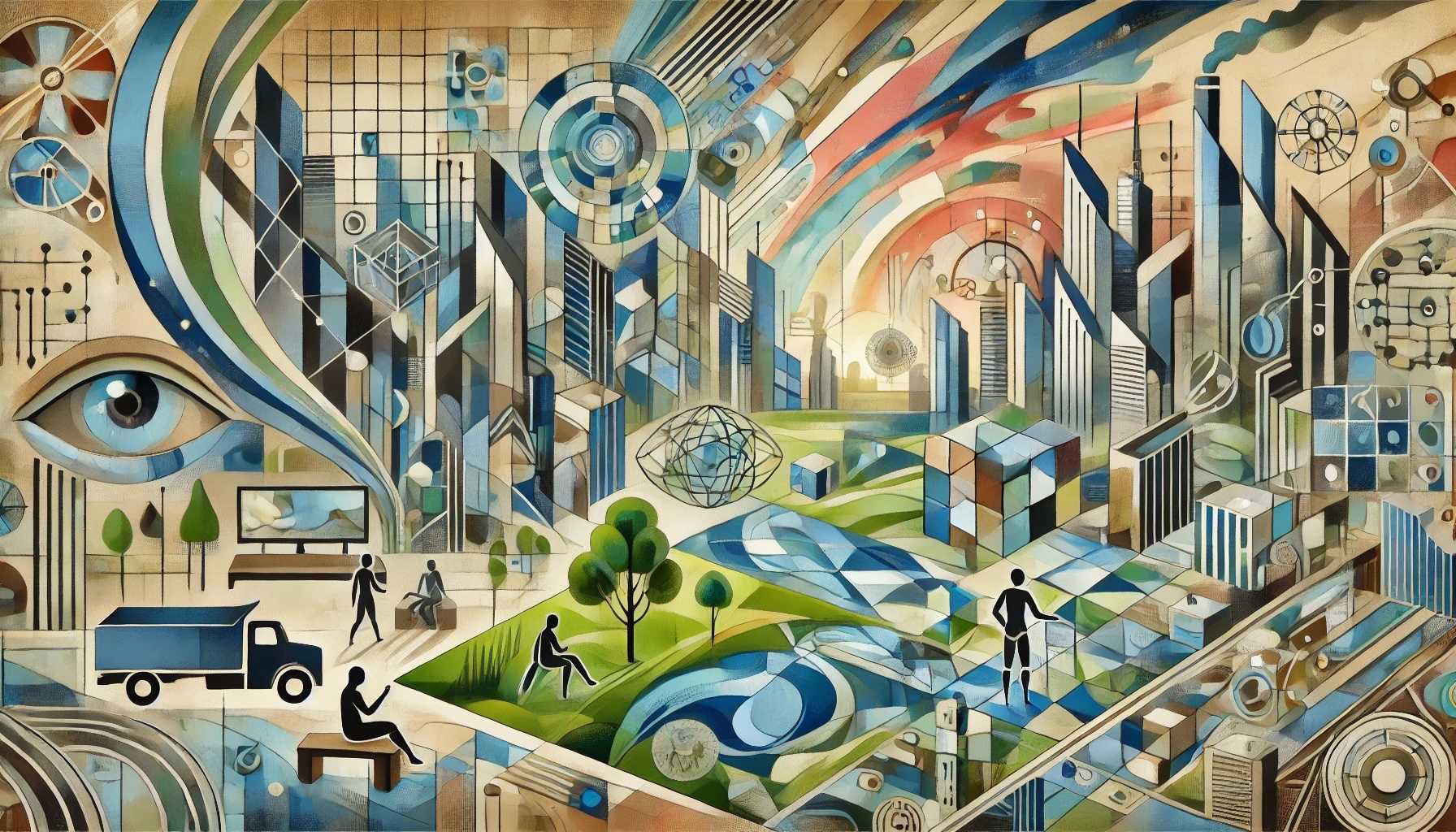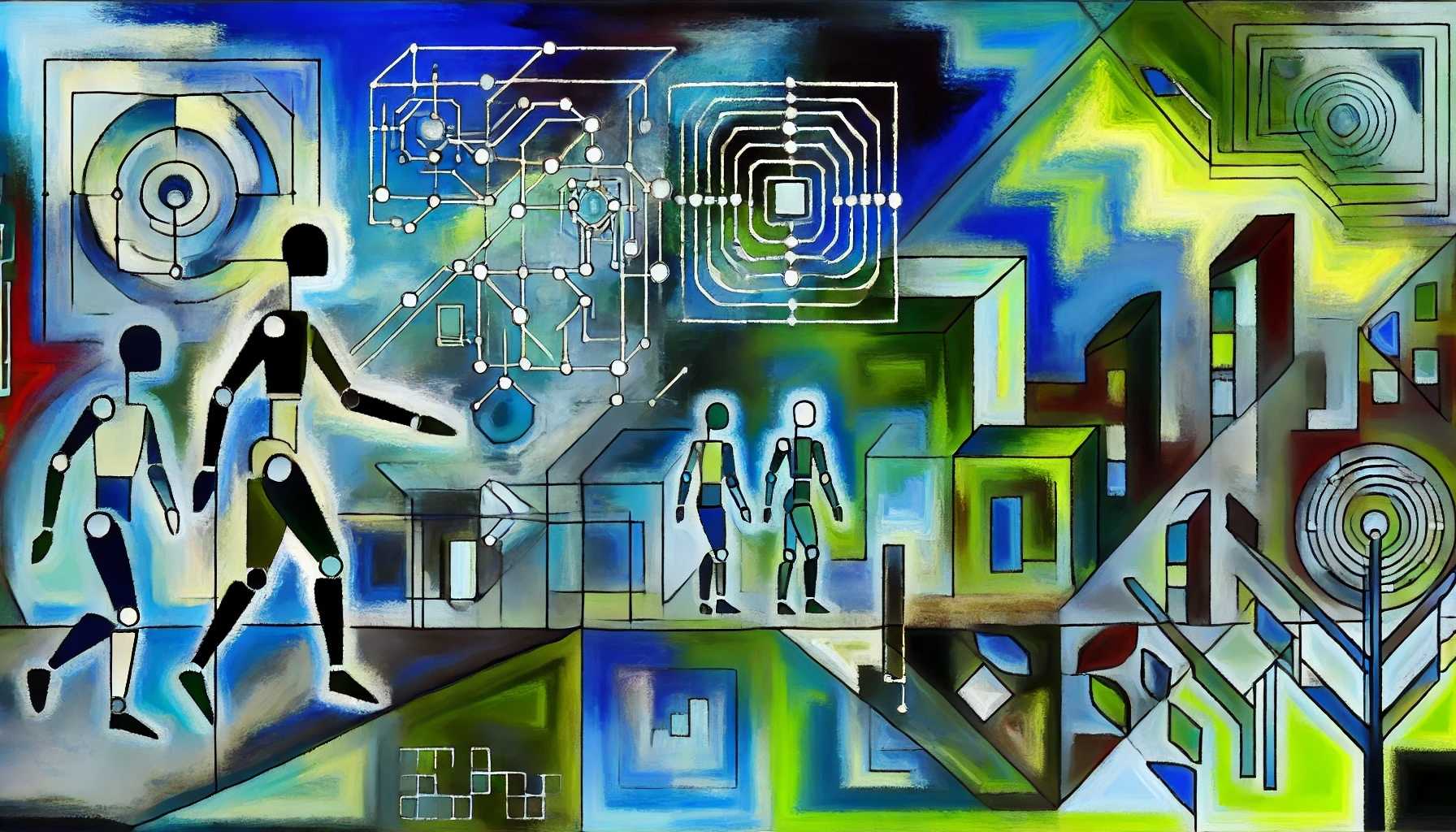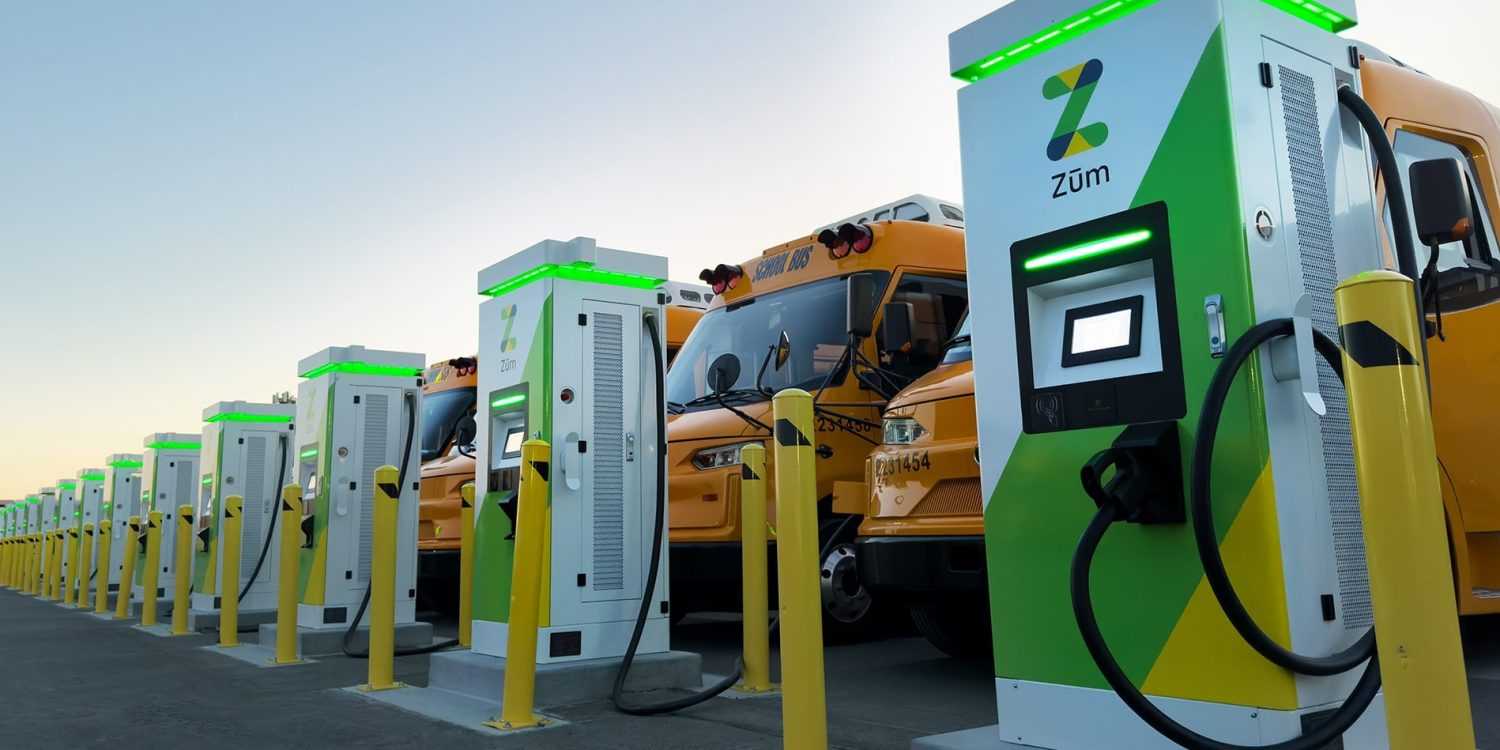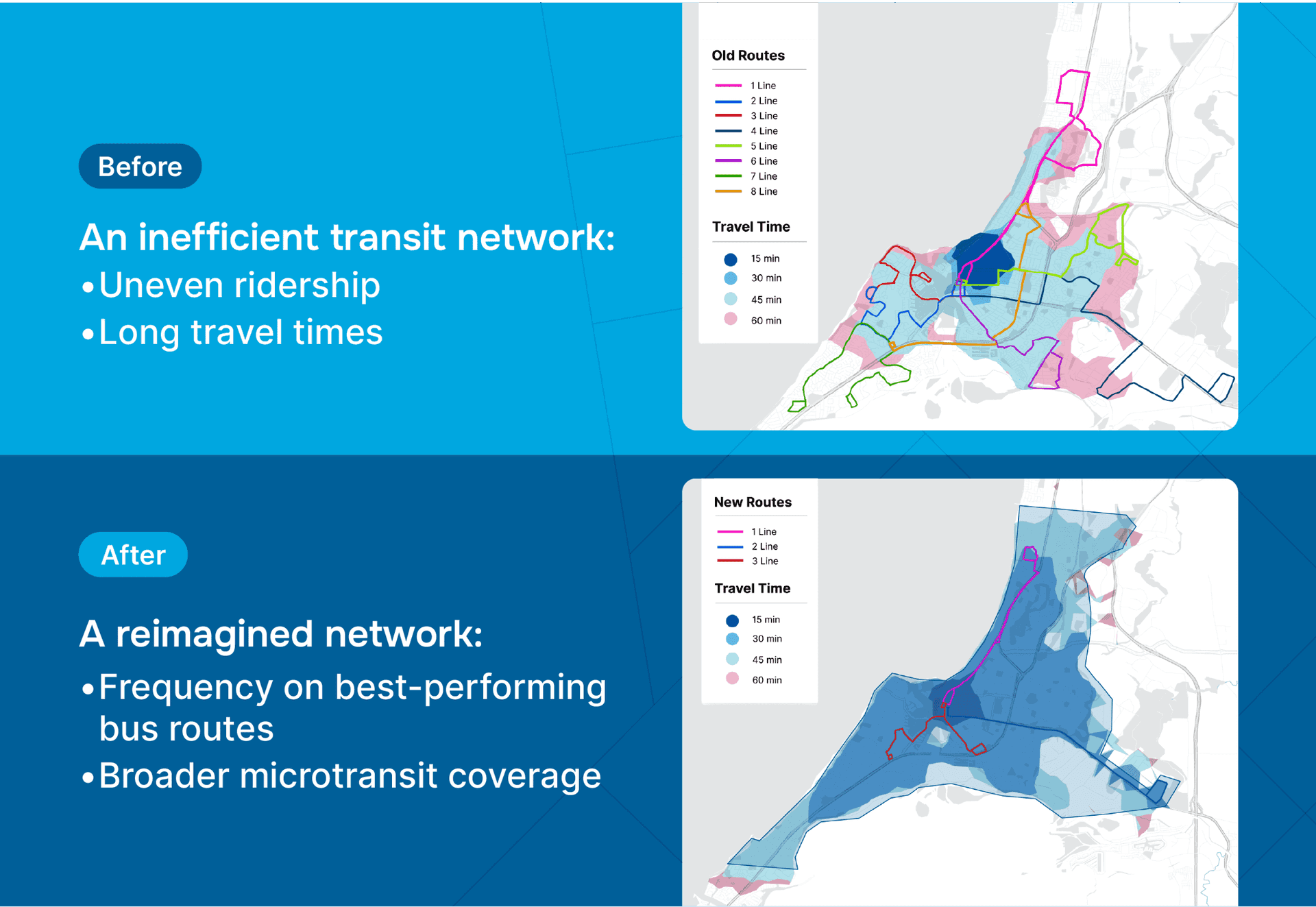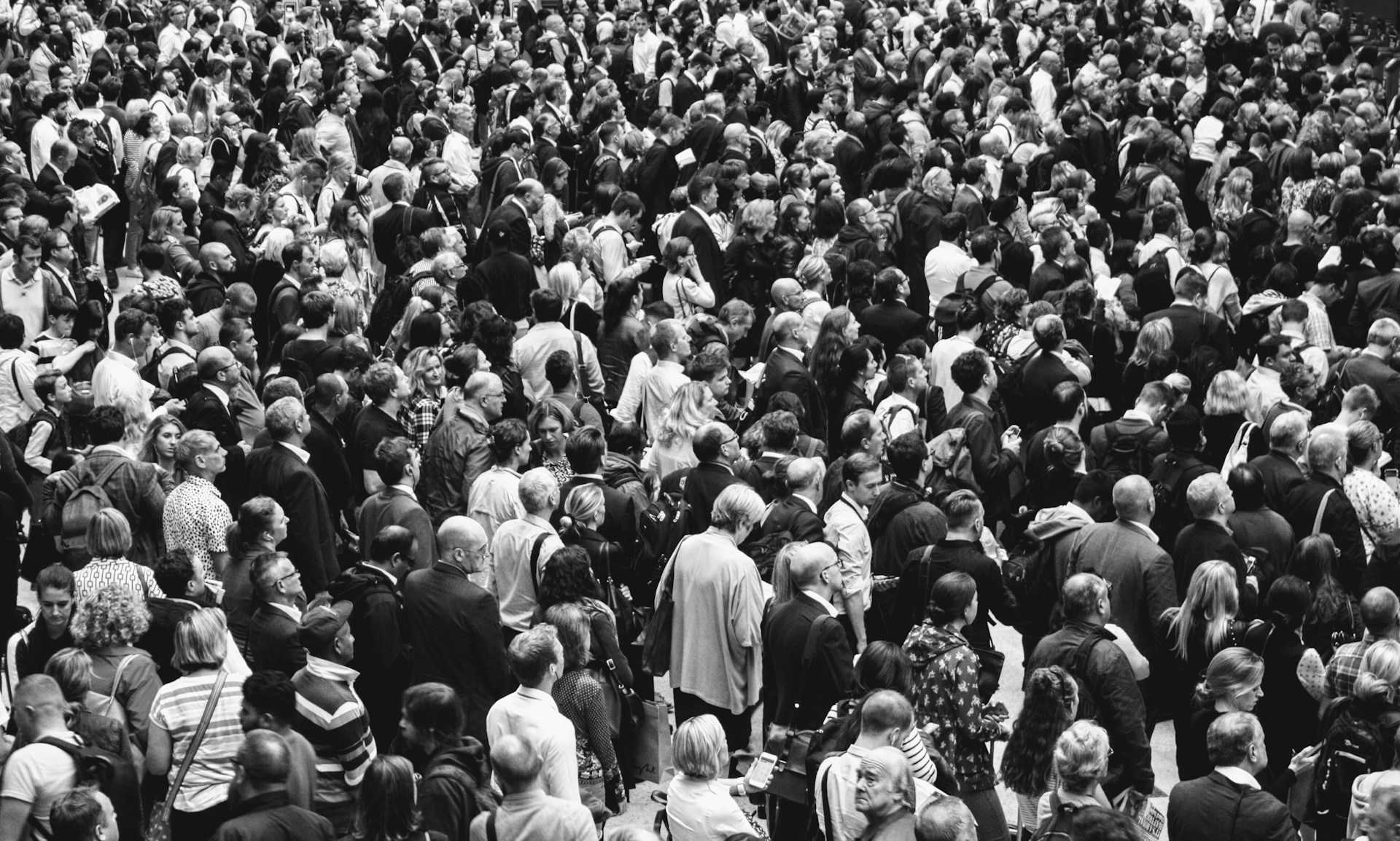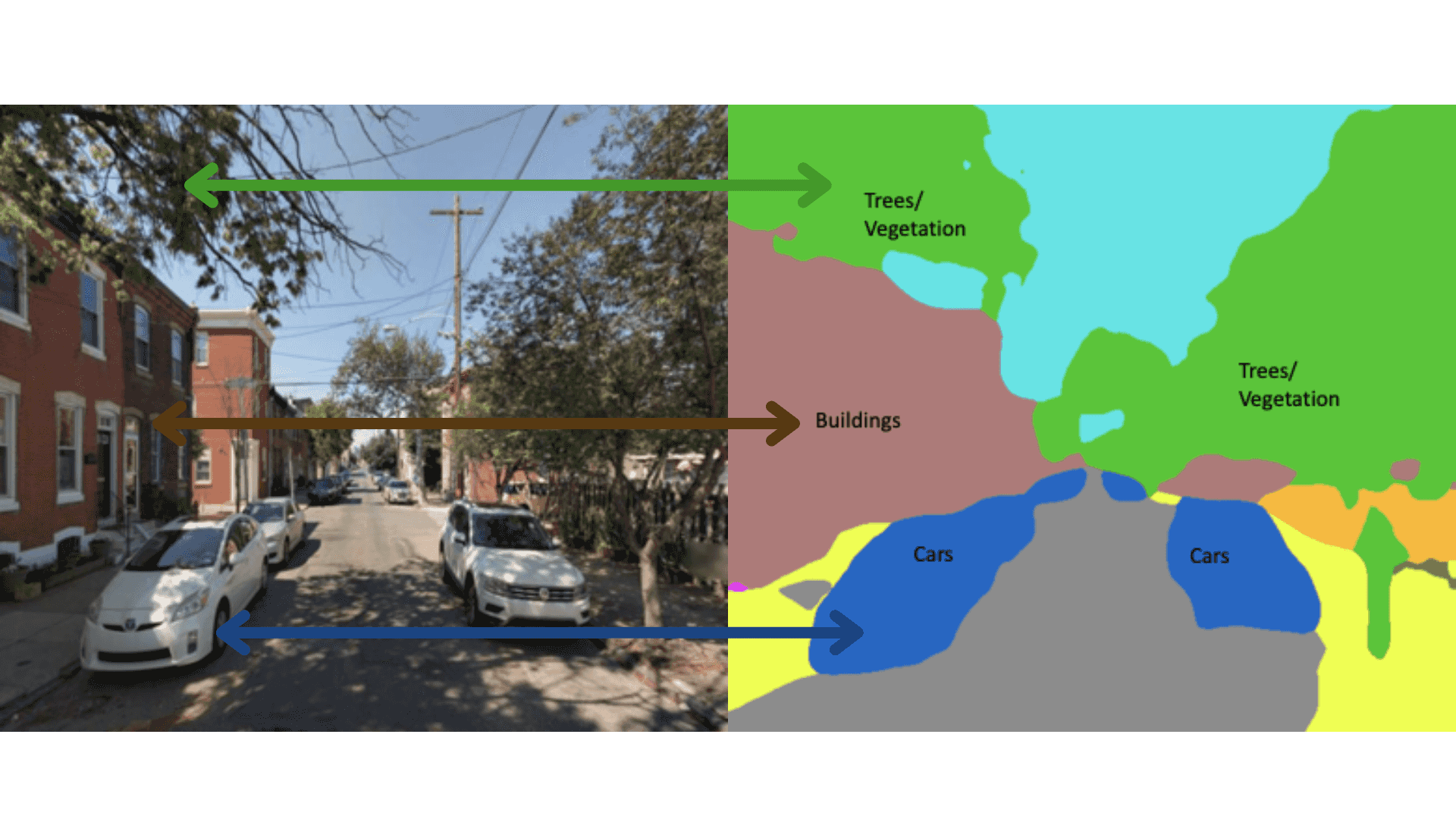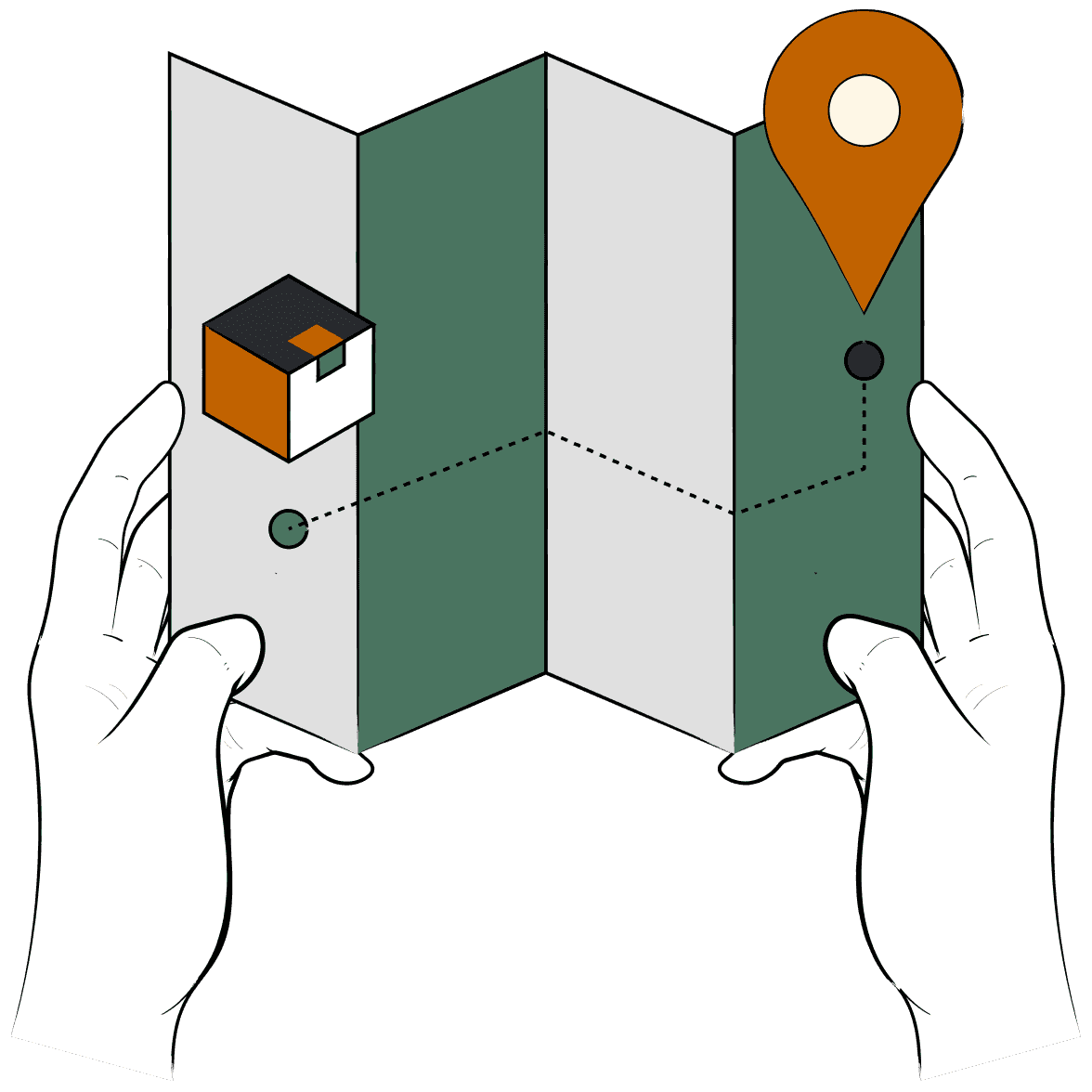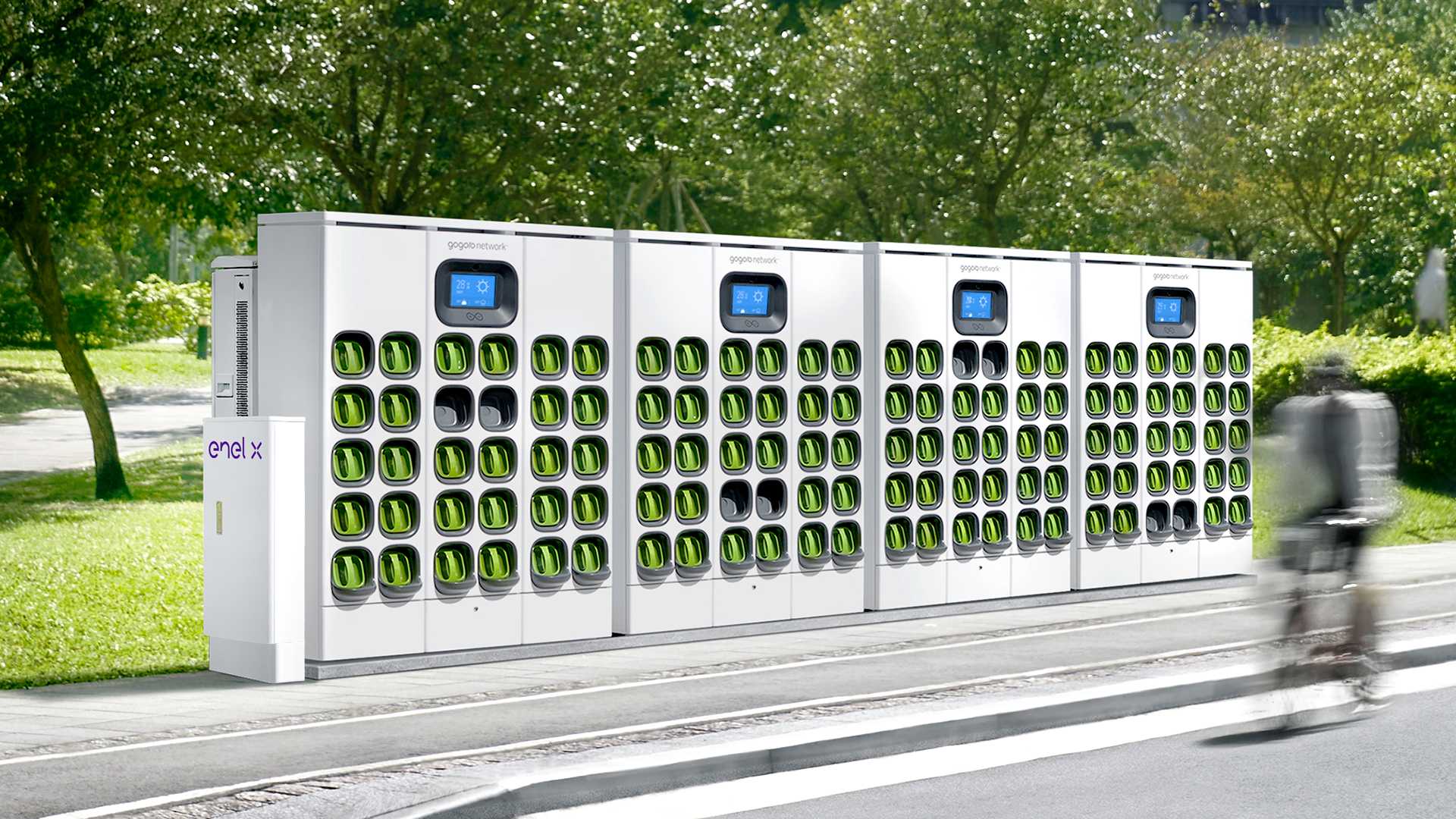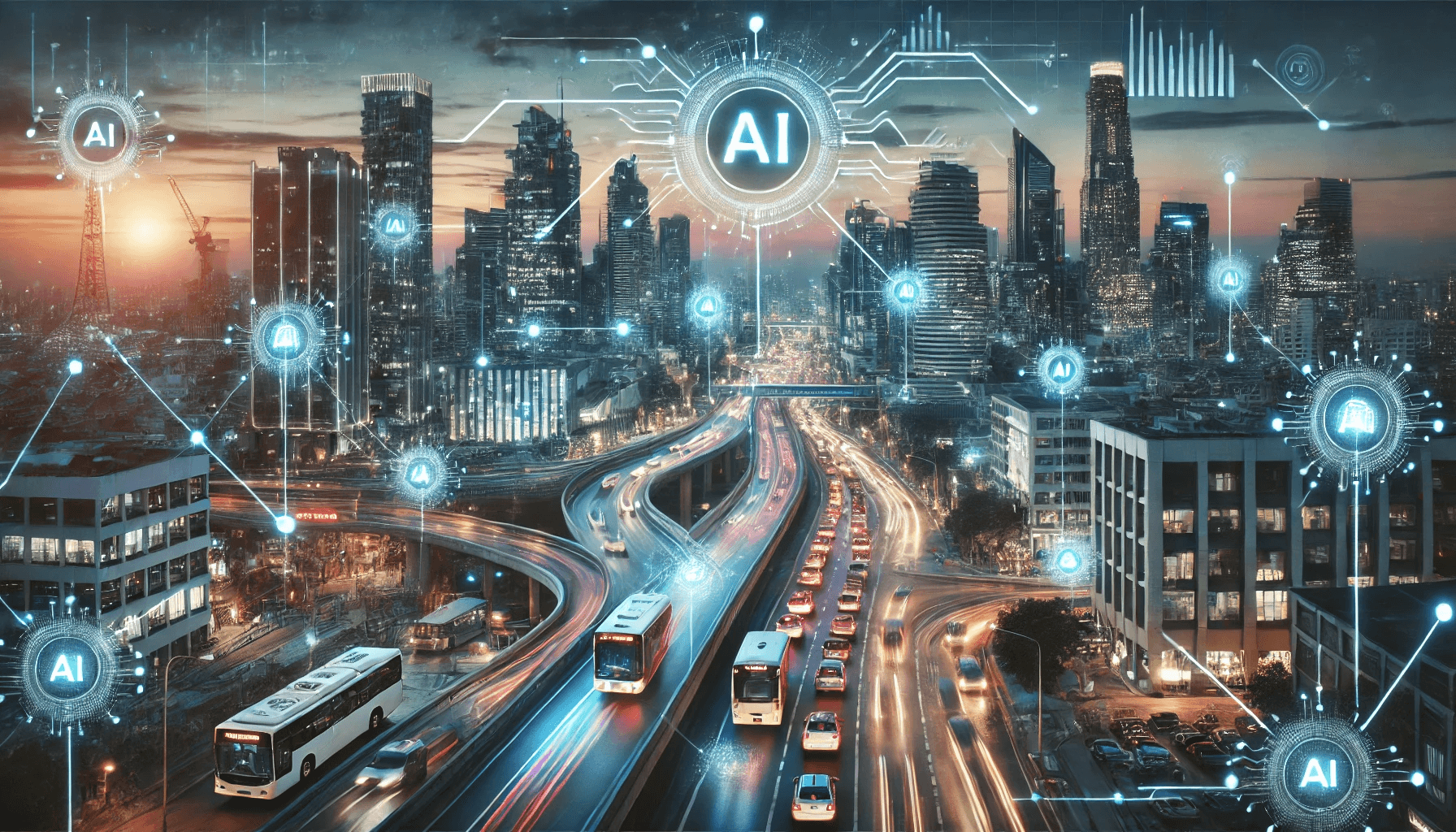
Cognitive mobility
From reactive to anticipated demand.
How likely? How soon? What impact?
Over the next decade, AI will continue to drive an accelerating transition from urban mobility systems that react to demand to those that anticipate and shape it. The growing use of synthetic data to model complex human travel behavior will power advanced simulations and digital twins that allow planners to design incentives and controls with real-time adjustments based on changing conditions. And AI will make it easier to manage rich and diverse data sharing among mobility service users, operators, and regulators, allowing for dynamic combination and optimization of multiple modes of transport. In the meantime, AI will be employed by new mobility service innovators in fast-growing sectors like last-mile delivery. Particularly for sustainable options like cargo bikes, AI-powered dispatch systems will optimize operations that make these services more competitive and commercially viable.
These cognitive mobility systems not only improve efficiency and reduce emissions but also enhance resilience in the face of disruptions. By anticipating needs and proactively managing resources, cities can create more flexible, responsive, and sustainable transportation networks that adapt to both short-term fluctuations and long-term shifts in urban mobility patterns brought about by climate change.
Personalized Insights
How might this trend shape your future? Generate a set of personalized insights to explore challenges, opportunities, and potential innovations. Simply select a sector, occupation, and target year — then press the button and let our AI do the work.
Generator Settings
Signals
Signals are evidence of possible futures found in the world today—technologies, products, services, and behaviors that we expect are already here but could become more widespread tomorrow.
